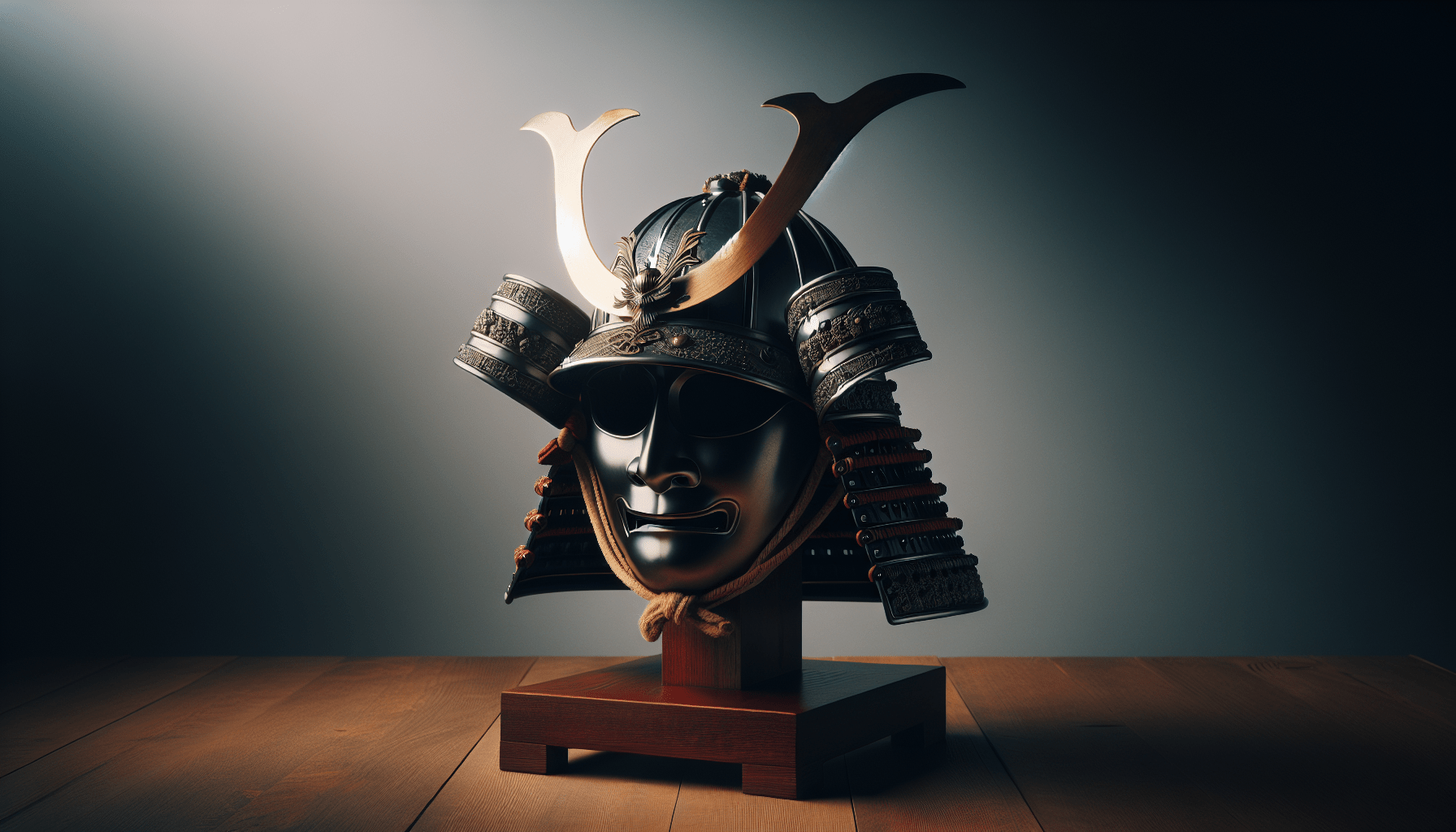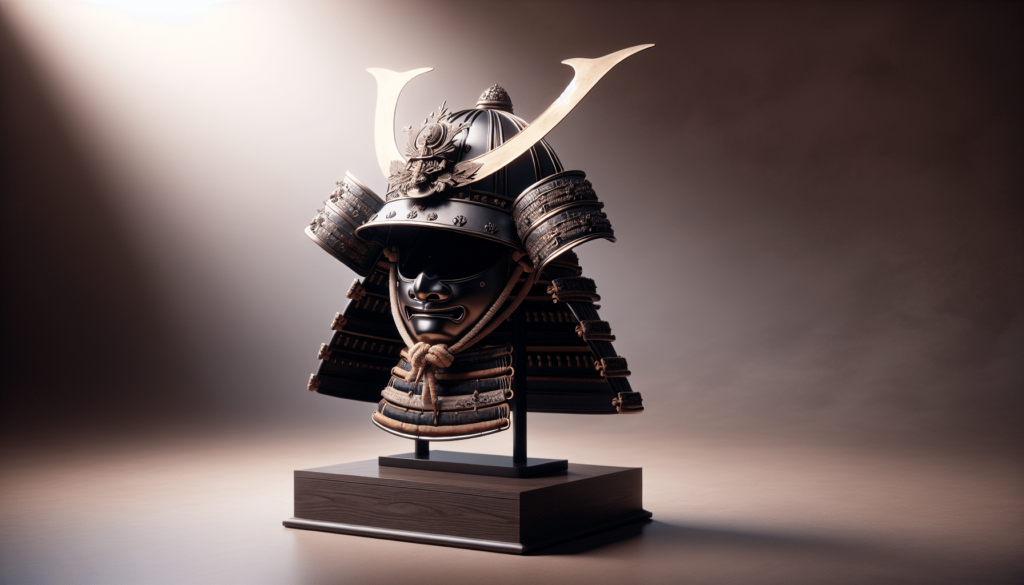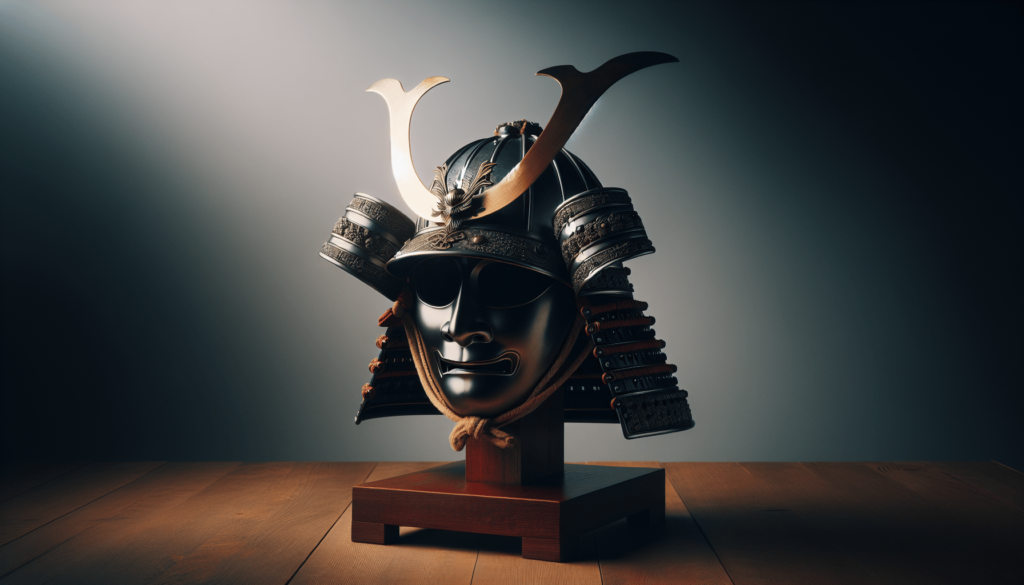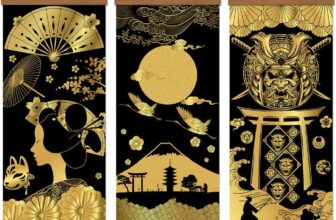
Have you ever wondered about the intricate craftsmanship and rich history of samurai helmets? These iconic symbols of Japan’s feudal era hold a fascinating significance that goes beyond mere protection in battle. They reflect a unique blend of artistry, culture, and martial tradition. You might be curious about where you can view these remarkable artifacts in person. Let’s take a closer look at some of the most notable samurai helmet exhibitions and museums around the world.

The Significance of Samurai Helmets
Samurai helmets, or “kabuto,” were designed not just for defense but also to symbolize the status and identity of their wearer. Every kabuto tells a story, often adorned with intricate decorations representing clan lineage and personal achievement. Understanding the cultural weight of these helmets makes visiting exhibitions all the more enriching.
Material and Craftsmanship
Japanese armor, including the kabuto, was typically made from various materials like iron, leather, and silk. The craft was not only technical but also an art form, with each helmet showcasing unique designs and construction techniques. This attention to detail is what makes the kabuto a subject of admiration among collectors and historians alike.
Renowned Exhibitions Around the World
If you’re eager to see samurai helmets up close, there are numerous museums and exhibitions that dedicate space to these extraordinary pieces of history. Below are some of the most prominent locations where you can immerse yourself in the world of samurai helmets.
The Tokyo National Museum, Japan
The Tokyo National Museum is a treasure trove for anyone interested in Japanese history and culture. Within its halls, you will find an extensive collection of samurai armor, including several impressive kabuto on display.
- Highlights: The museum often rotates its exhibits, so there is always something new to see.
- Tips: Consider visiting during a weekday to avoid crowds, allowing you to appreciate the displays in a more intimate setting.
The Samurai and Ninja Museum, Kyoto
This unique museum in Kyoto offers an immersive experience that goes beyond just viewing artifacts.
- Engagement: You can not only see a variety of samurai helmets, but you may also have the chance to try on replica helmets and armor, making it a fascinating visit for the entire family.
- Workshops: Look out for workshops where you can learn about the techniques used in creating these magnificent pieces.
The British Museum, London
Famed for its vast collection from around the world, the British Museum features an impressive array of Asian artifacts, including samurai armor.
- Exhibitions: The museum often hosts temporary exhibitions focused on Japanese culture, which may include samurai helmets.
- Accessibility: The British Museum is easily accessible and offers free entry, which is a bonus for any traveler.
The Metropolitan Museum of Art, New York City
The Met is another global hotspot for art and history enthusiasts, housing a rich collection of Japanese armor, including kabuto.
- Permanent Collection: The museum has a dedicated section for arms and armor, where you can admire the design and intricate details of samurai helmets.
- Guided Tours: Consider joining a guided tour for in-depth insights into the significance of each piece.
The Nara National Museum, Japan
Nara, one of Japan’s ancient capitals, is home to several key historical artifacts, including exceptional samurai helmets.
- Exhibition Details: The Nara National Museum often features exhibits focusing on various aspects of Japanese martial culture.
- Surrounding Attractions: Take advantage of Nara’s beautiful parks and temples during your visit to make the most of your trip.
Understanding the Craftsmanship
Every kabuto tells a story, not just of the warrior who wore it but also of the craftsmen who painstakingly created it. Below are some traditional methods and materials that highlight the intricacy of this art form.
Types of Kabuto
Kabuto comes in various styles, each with unique characteristics. Here’s a breakdown of some popular types:
| Type | Description |
|---|---|
| Hachi | The main bowl of the helmet, often decorated. |
| Shikoro | The neck guard, which offers additional protection. |
| Mune | The crest or ornamentation at the top. |
Decorative Elements
Many kabuto were adorned with elaborate designs, such as crests (mon) representing clans, or painted motifs featuring nature or mythical creatures. This decorative art plays a critical role in conveying the identity of the wearer.
The Art of Forging
Crafting a kabuto involves knowledge passed down through generations. traditional techniques can include:
- Tatara: A method of iron smelting that produces high-quality steel.
- Hamaguri: A forging technique that gives the helmet its signature shape.
Samurai Helmet Exhibitions and Events
Beyond static exhibitions, various events highlight samurai helmets and their cultural significance.
Festivals and Cultural Events
In Japan, festivals often celebrate samurai culture, including parades where participants don traditional armor, including kabuto.
- Event Examples: The Hamamatsu Festival and the Takeda Castle Festival showcase samurai reenactments and elaborate displays of armor.
- Participate: Joining these events can provide a profound connection to the samurai’s legacy and a deeper appreciation for the craftsmanship involved.
Special Installations
Many museums also create special installations that allow visitors to interact with the art. You might find:
- Augmented Reality Experiences: Some exhibitions offer augmented reality features, letting you learn about the history and significance of kabuto through your smartphone.
- Hands-on Activities: Look out for days when museums offer workshops on traditional armor-making techniques.

The Global Influence of Samurai Culture
The influence of samurai culture extends far beyond Japan. You can find elements of this storied past in various parts of the world.
Film and Media
Samurai helmets and armor often pop up in films, whether it’s traditional samurai cinema or modern adaptations.
- Movies to Watch: Films like “Seven Samurai” and “The Last Samurai” depict these iconic warriors, sometimes showcasing their distinctive helmets.
- Influence on Western Media: The aesthetics of samurai culture have inspired countless filmmakers in Hollywood and beyond.
Collecting Samurai Helmets
For collectors, samurai helmets can be both a fascinating hobby and a wise investment.
- Market Awareness: Keep an eye out for auctions or exhibitions featuring samurai artifacts.
- Join Collectors’ Communities: Engaging with other collectors can enhance your knowledge and appreciation.
Incorporating Samurai Culture into Your Life
If you’re inspired by samurai culture, there are ways to incorporate elements of this rich history into your own life.
Cultural Practices
Consider trying out practices that reflect the samurai’s discipline and artistry:
- Martial Arts: Styles such as Kendo or Iaido emphasize the philosophy and techniques of traditional Japanese swordsmanship.
- Calligraphy: The art of writing can connect you with samurai culture, embodying patience and precision.
Home Decor
You can choose to decorate your living space with samurai-inspired elements, such as:
- Art Prints: Featuring kabuto or samurai art can add depth to your space.
- Japanese Gardens: Incorporate a garden with motifs of peace and harmony, reflecting the samurai’s respect for nature.
Conclusion: Discovering the World of Samurai Helmets
In visiting exhibitions and immersing yourself in the rich culture of samurai helmets, you’re opening a door to understanding a vital part of Japan’s history. The beauty and craftsmanship of kabuto are a testament to the artistry and tradition that continues to inspire admiration worldwide.
Whether you’re a history buff, an art lover, or just curious about samurai culture, seeking out these exhibitions will surely enrich your understanding. So, go ahead and plan that visit, and step into a world where art meets history in the most fascinating way!




